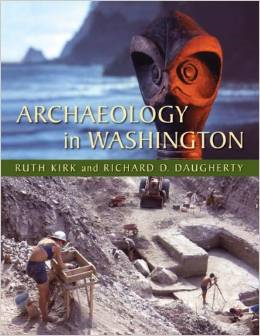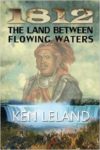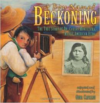Description
Archaeology-along with Native American traditions and memories-holds a key to understanding early chapters of the human story in Washington.
This all-new book draws together and brings up to date much of what has been learned about the state’s prehistory and the environments early people experienced.
It presents a sample of sites representing Washington’s geographic regions and touches on historical archaeology| including excavations at fur-trade forts and the Whitman mission| and Cathlapotle| a Columbia River village visited by Lewis and Clark.
The authors portray the discovery of a mastodon butchered by hunters on the Olympic Peninsula 14|000 years ago; the nearly 13|000-year-old Clovis points in an East Wenatchee apple orchard; an 11|200-year-old Marmes Man in the Palouse; and the controversial Kennewick Man| more than 9|000 years old| eroded out of the riverbank at Tri-Cities.
They discuss a 5|000-year-old camas earth oven in the Pend Oreille country; 5|000 years of human habitation at Seattle’s Metro sewage treatment site; the recovery at Hoko River near Neah Bay of a 3|200-year-old fishnet made of split spruce boughs and tiny stone knife blades still hafted in cedar handles; and the world-renowned coastal excavations at Ozette| where mudslides repeatedly swept into houses| burying and preserving them.
The tale ranges from the earliest bands of hunters| fishers| and gatherers to the complex social organizations and highly developed technologies of native peoples at the time of their disruption by the arrival of Euro-American newcomers.
Also included is a summary of the changing role| techniques| and perspectives of archaeology itself| from the surveys and salvage excavation barelyahead of dam construction on the Snake and among Columbia rivers to today’s collaboration between archaeologists| Native Americans| private landowners| and public agencies.
Color photographs| line drawings| and maps lavishly illustrate the text.






Reviews
There are no reviews yet.